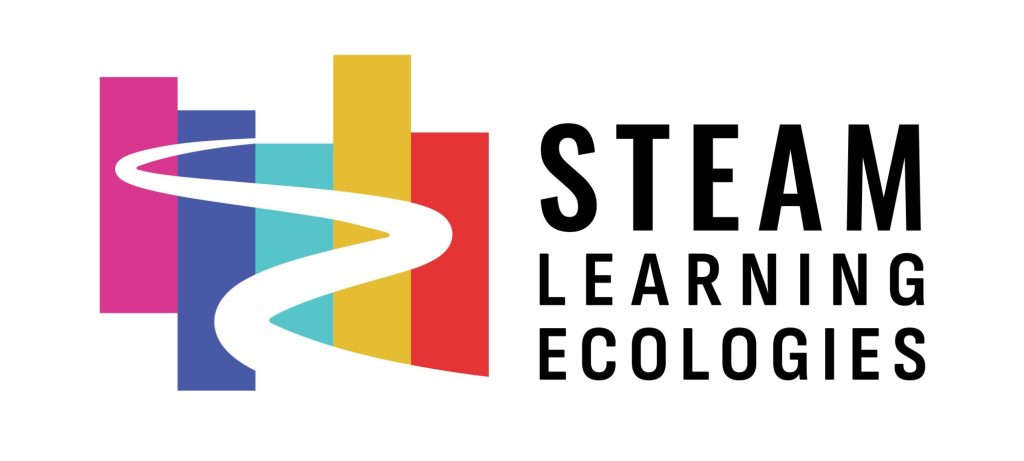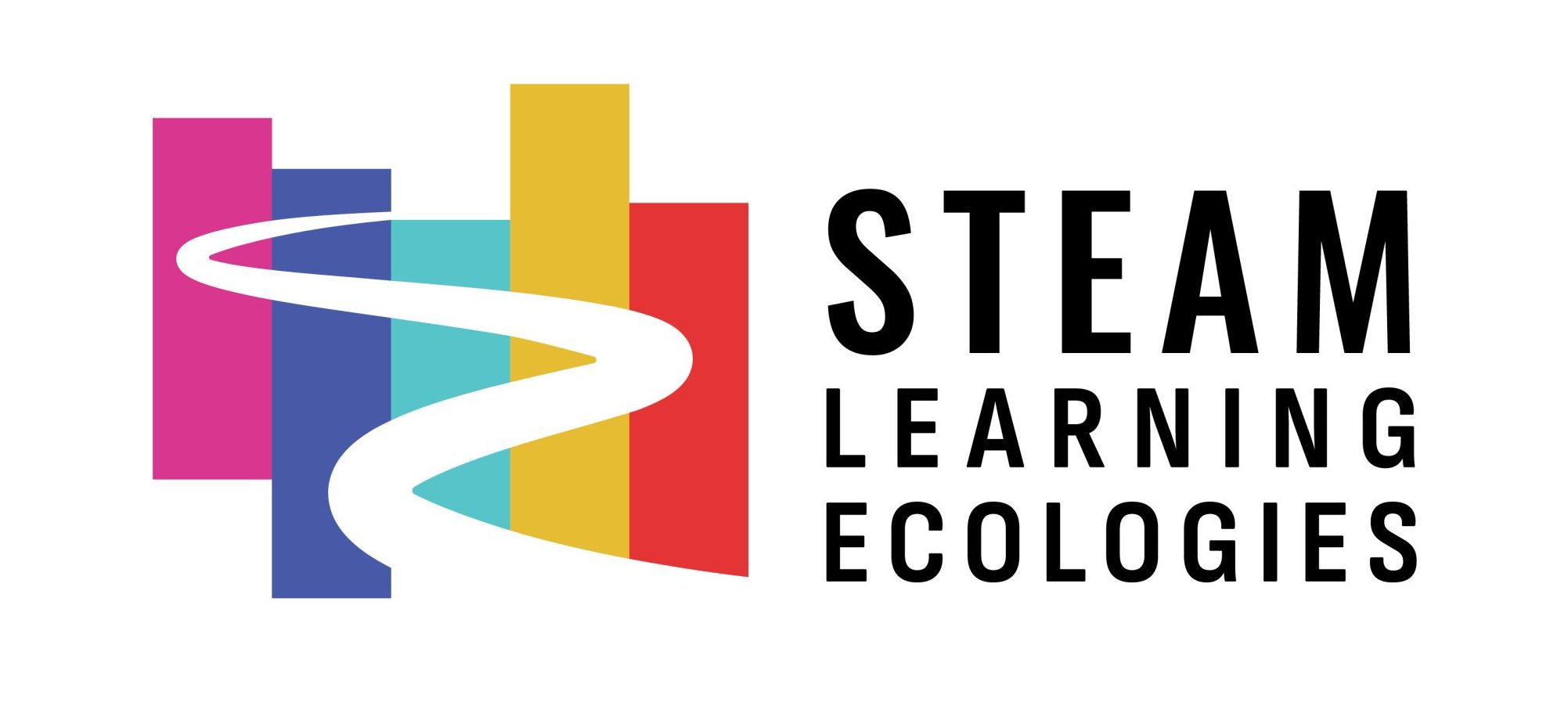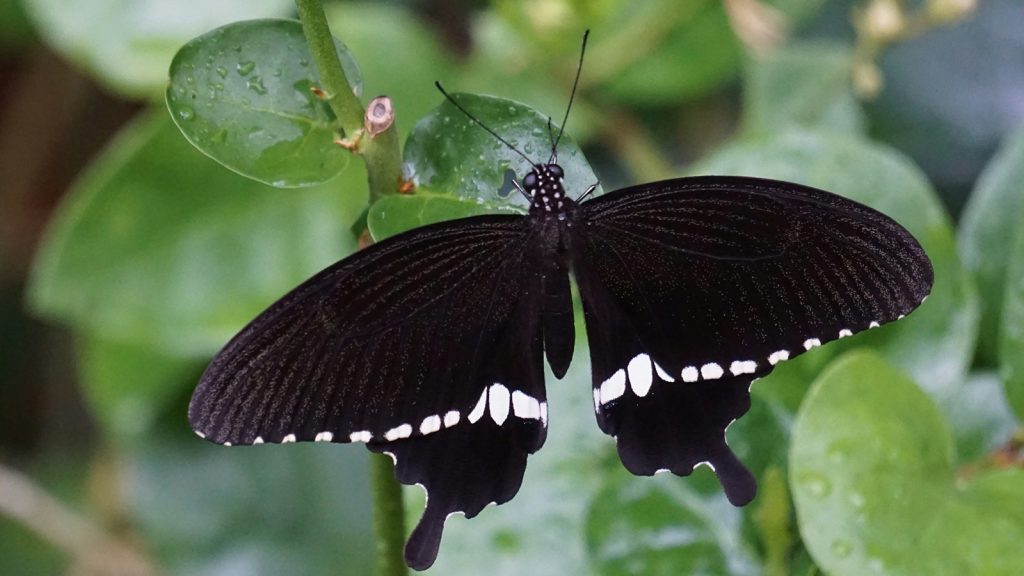Discover the Cyprus Butterfly Survey Project, where high school students explore local ecosystems, categorize butterflies, and collaborate with experts to study and understand biodiversity.
In this interview, the project’s lead professor share interesting insights into the ecology and its outcomes:
Can you “paint a picture” of the context in which your STE(A)M Learning Ecology operates? Describe the local setting, including any noteworthy elements relating to stakeholders involved (science centres, science-related programmes, industry, local actors, researchers, experts, etc.) or nature that can be complemented for a better educational experience.
The Cyprus BUTTERFLY Survey Project is a collaboration between the Biology / Natural History Inspectorate of the Ministry of Education, Sports and Youth, the Environment and Sustainable Development Education Unit, the Open University of Cyprus, and the Forestry Department of the Ministry of Agriculture.
The aim of the project is to identify and record the butterfly species present in a specific area – located within the school proximities. Experts from the Forestry Department provide information on the flora of Cyprus, while the Open University of Cyprus gives insights into the classification of butterflies.
Project participants are high school students aged 15-17 years old. The students were informed about how to properly identify and record butterflies with the use of an online application. Through their interaction with nature and the project activities, the students have already comprehended the great importance of insect diversity.
How did you initiate the STE(A)M Learning Ecology? How was the collaboration with other stakeholders?
Our school is involved in several environmental programs. In Cyprus, teachers often switch schools each academic year. As a result, a teacher who played a role in these programs in the previous year may choose to either carry them over to the new school or discontinue them. Upon my appointment to this school, I opted to sustain these activities. The subjects we address are chosen annually by the Ministry of Education, Sports, and Youth.
Our cooperation with the stakeholders involved is excellent. We have created a space dedicated to internal communication. In this space, we can send information about a specific butterfly species we are not sure how to classify. In addition, when we need to record the flora of the school proximities, experts from the Forestry Department visit us, perform this recording, and discuss planting new plants so that we can increase the number of butterflies living next to our school.
When enthusiastic stakeholders, who inform and support schools, are involved in these programs, both educators and students working with them naturally embrace that enthusiasm.
What have been the most visible benefits for students participating in the Learning Ecology? Could you share any feedback from students regarding their experiences with this innovative approach to STE(A)M subjects?
I believe that students’ contact with nature is beneficial for them and their spirit. Students may reflect on various issues through their participation in the project. For instance, they can explore why butterflies are not recorded in this area or how butterflies are important in the food chain. These activities lead them to raise concerns about the environment where they live. Students might also develop incentives to detach from excessive use of technology. Furthermore, by taking part in these programs, pupils learn more about the importance of teamwork. Also, students are given the chance to present their work to the public, which represents a significant and helpful experience for them.
Students massively benefit from the interaction with experts – they can gain valuable knowledge. However, this might not be enough to convince them to undertake a career in a STE(A)M sector. Most students at this age already have a clear idea of what they want to pursue in the future.
In light of your experience with STE(A)M Learning Ecologies, have you discovered or implemented new and effective teaching methods, activities, approaches, etc.? Can you offer a practical teaching tips that you found particularly productive and applicable to science education? How has this impacted your approach to teaching?
The BUTTERFLY project has been ongoing for the second consecutive year at our school. Consequently, students who took part in the program last year were assigned the responsibility of briefing this year’s participants on the different butterfly species and the identification methodology employed. This approach aims to enhance the students’ understanding and familiarity with the methodology.
Through their participation in such projects, students are invited to reflect on various emerging issues. For example, while identifying butterfly species, students have noticed that it is not possible to find many species, and created their own hypotheses on the reasons – e.g., our school being located in an urban area, noise pollution, lack of enough flowering plants to attract butterflies, or/and shaded areas along the route.
Based on these assumptions, it was decided to plant additional plants on the area where we record butterflies – hoping we would attract more of them. This involved some further communication between the Forestry Department and our school. Furthermore, the students involved in the program are required to present their work at a local science festival, where they explain the project activities and why they do it, supporting their arguments with evidence.





One Response
Amazing, this butterfly project!
Moreover, butterflies are in danger of extinction and there are fewer and fewer of them due to climate change and pesticides.
Observing them, classifying them and sensitizing students to these insects is a wonderful proposal. Analisyng the posibilities of butterflies to survive and favoring environmental conditions is a great proposal for students to think about.
Congrats!